Athletes forced to participate in gym class at the expense of their performance, health and academics
Photo contributed by TribLIVE.com
Students compete in a full speed gym class game.
Two hour practices after school and one period of gym class a day. This is overbearing on Staples’ athletes both academically and physically.
Staples High School and the state of Connecticut have insisted every student must complete three years of high school gym, even those students who are high school athletes. They argue that all students need to be a part of a gym class in order to stay active and fit, as well as participate in team building activities to improve teamwork and communication. But doesn’t every athlete do both of these things during their season already?
A study by the CDC states that high school students need at least one hour of daily activity. For most Staples athletes, they are active for around two hours a day during practice. So why do athletes need an extra 50 minute period for more physical activity throughout the day? To answer that shortly, they don’t. This extra period of activity can often contribute to overuse injuries for athletes and make them tired for a game or practice that they have later in the day.
During my junior year I was battling patellar tendonitis, an inflammation in my knee caused from overuse. It was an injury that I could and wanted to play through, but because of that I still had to participate in my gym class’s unit – skateboarding. Skateboarding was tough on my knees and caused my recovery from the injury to prolong. If I didn’t have to have a gym class that day I easily could have had less pain in my knee for my squash practice later that day.
Often athletes that have matches after school are still forced to participate in a gym class that will expend energy. For athletes, this is very frustrating. One bad performance in a game where a college coach is in attendance can cost an athlete an offer from that school, affecting not just their season but their future as well. Although it can not all be completely blamed on that one gym period, it certainly is one contributor to poor performance in games.
The school gym period can also be used more beneficially for these athletes to keep up with their academics. Currently, I am writing this on my way to a lacrosse game in New York with the Staples boys’ lacrosse team. We left on the bus at 3 p.m. and will not return home until 8:30 p.m. After a day like this it is exhausting for athletes to get much homework done having just played a game. If we had that one 50 minute period during the day to start our homework and study rather than an additional period of physical activity, it would help to mitigate the stress of having to balance athletics and academics.
I don’t want people thinking that I believe public high schools should get rid of gym altogether. It’s still important for the kids that don’t play after-school sports to stay physically active and healthy. Athletes that are already getting their recommended daily physical activity fulfilled should not be required to also participate in gym class each day. Private schools like Fairfield Prep and Brunswick have gone even further, exempting their students from gym classes, freeing up time for them to focus on their academics.
For these reasons I implore Staples High School and more importantly the state of Connecticut to give public high school athletes exemption to gym classes. It would go a long way in helping student athletes balance the rigor of school as well as the pressure of athletics. So to whomever it may concern, do the right thing. Change the system and help support student athletes.
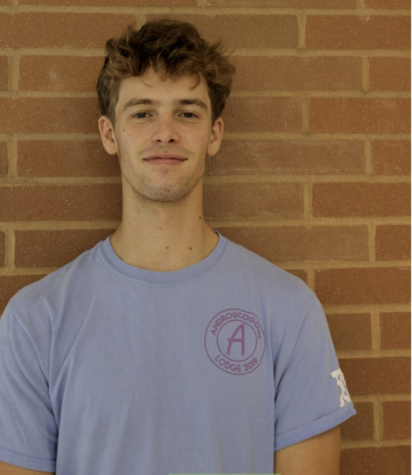
Staff Writer Eli Shorrock ’22 has a love for sports. He plays squash in winter and lacrosse in the spring.
In his free time, Shorrock plays guitar,...













































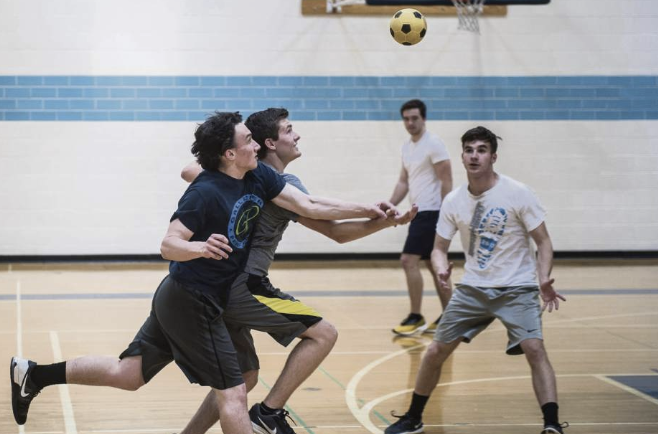
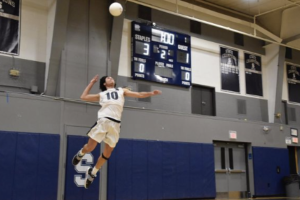
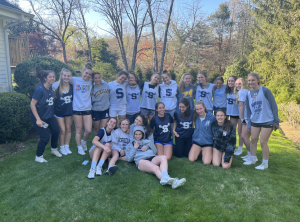
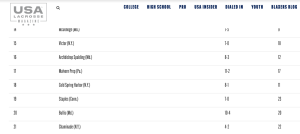






Rich • May 11, 2022 at 3:39 pm
Athletes are the leaders in health and fitness and are most likely to set an example in the class. If physical education is truly doing its job then athletes are a key part of teaching others about the importance of staying active and physically fit. Therefore removing Varsity athletes from class gives them a sense of elites power rather then a leader who you want to set an example to teach others.
Use the athletes in the classroom the same way and they tend to respond. Physical Education is a classroom that teaches lessons although different areas of life and well being are the curriculum.